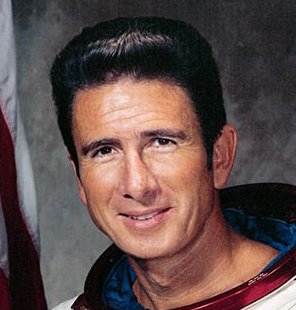Apollo 15 – Harmonic Drive® on the Moon
The year was 1971, and on 26 July Apollo 15 set off from the Kennedy Space Center in Florida, USA, for the moon. On board and of special importance: the Lunar Roving Vehicle, including Harmonic Drive® Gears.
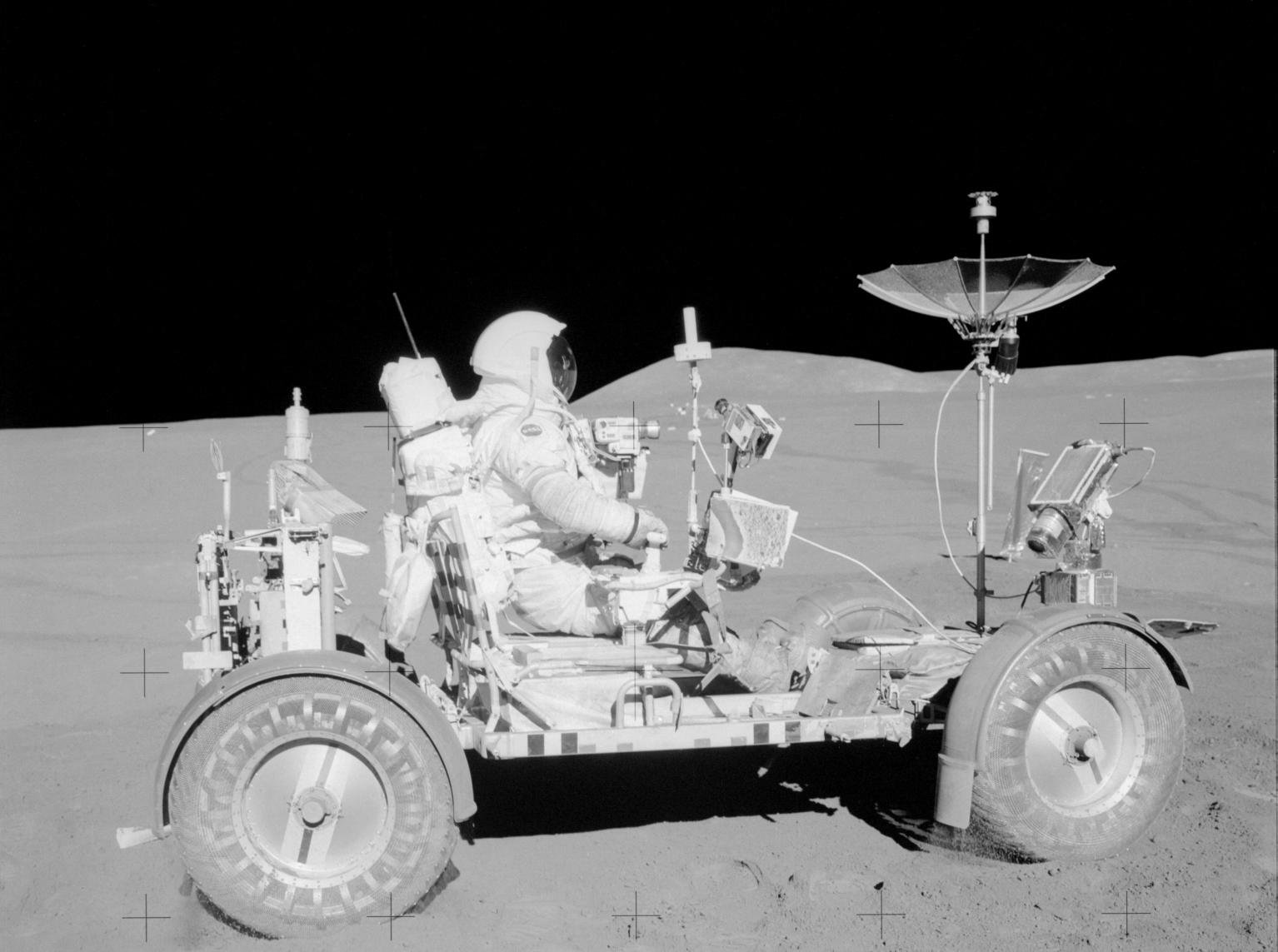
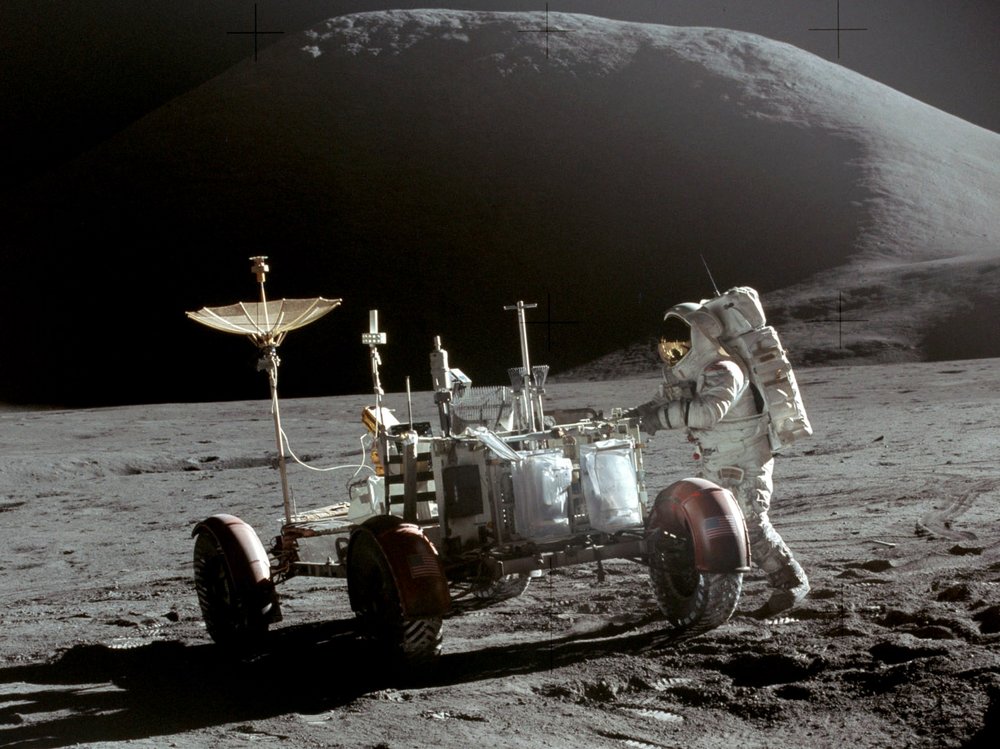
Under the sign of science
- A first: In addition to resources such as food, oxygen and fuel, the Apollo 15 lunar module carried a lunar vehicle for the first time, the Lunar Roving Vehicle, or LRV.
- Apollo 15 was the first extended mission to the moon, with a longer stay and a wider scientific agenda, which included the sampling of rocks from the lunar surface.
- The ability of astronauts to travel far from their landing vessel for the first time was made possible by the Lunar Rover's drive system, consisting of electric motors and Harmonic Drive® Gears.
Launching the Lunar Roving Vehicle
A plain in the middle of the almost 4,000-metre-high Apennine Mountains was chosen as the landing site for the Apollo 15 lunar module.
While on previous missions, the first thing to be installed after touching down on the lunar surface was the Apollo Lunar Surface Experiments Package (ALSEP), this time the focus was absolutely on mobility.
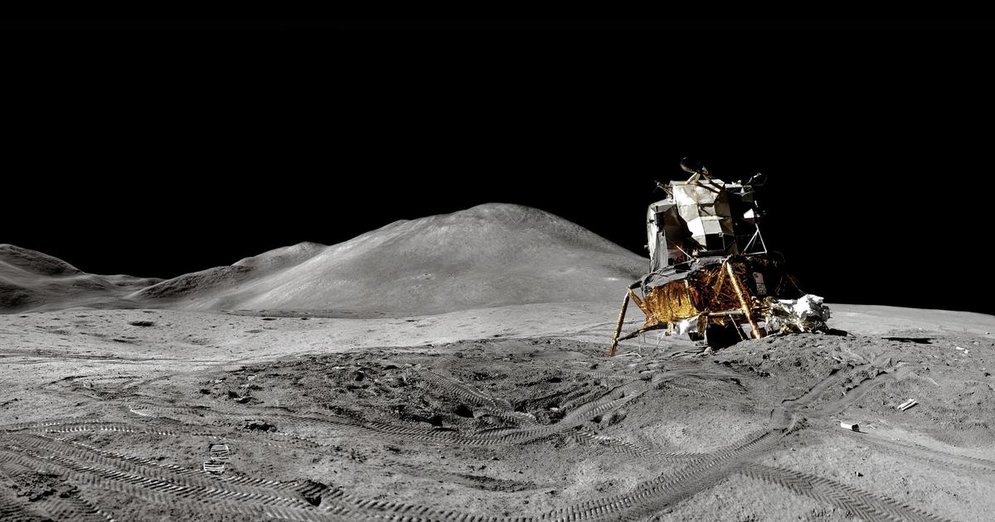
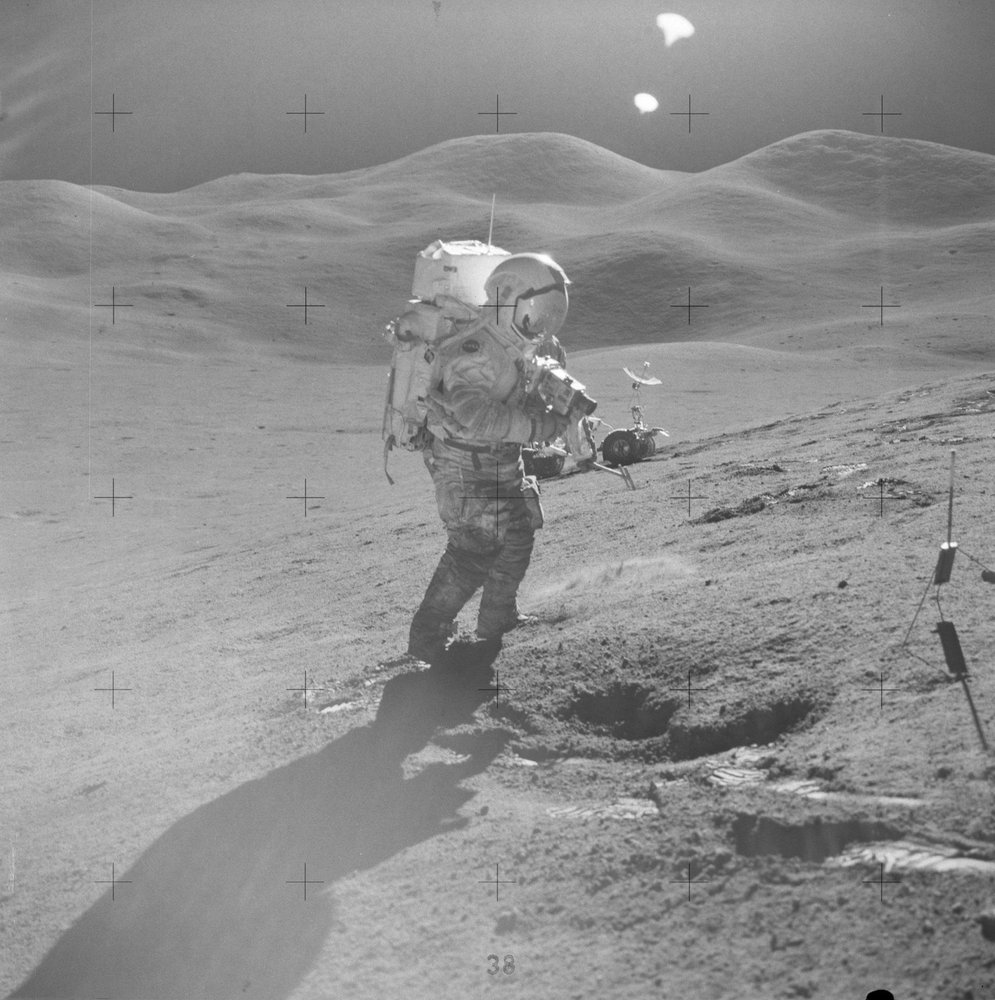
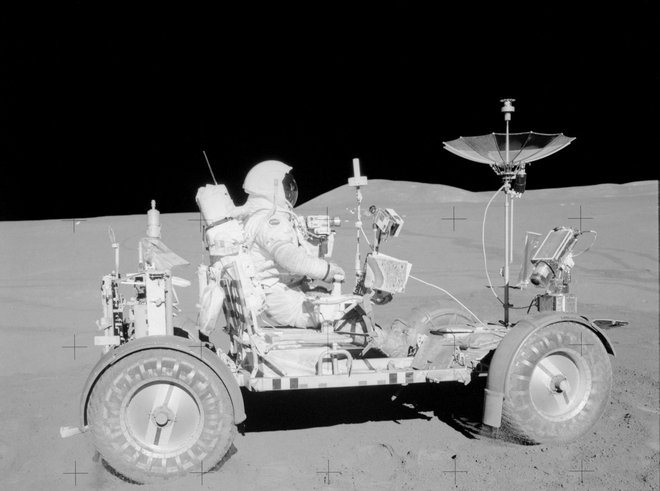
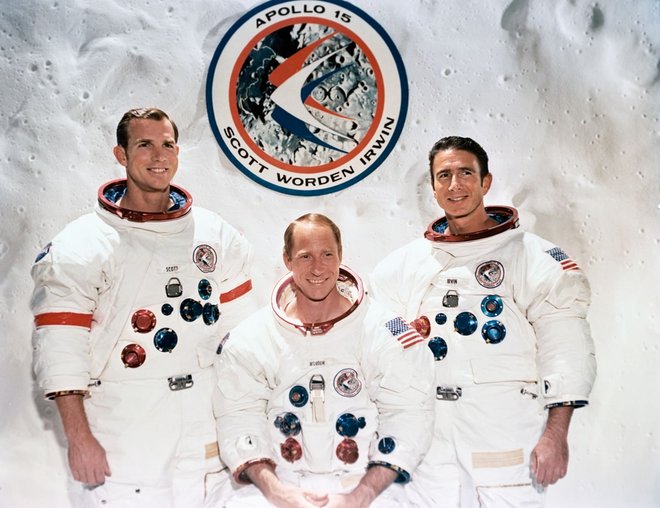
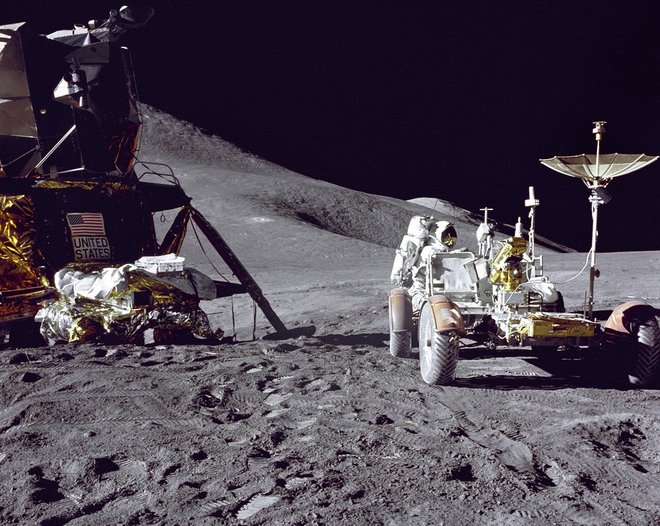
Lunar Rover provides mobility
The Lunar Roving Vehicle was of central importance for Apollo 15. For the first time, it allowed the astronauts to cover longer distances on the lunar surface and to enable a greater distance between man and the landing vessel. However, the newly gained mobility also had scientific value. For example, the astronauts were able to take rock samples from different locations and surfaces.
The LRV was able to transport two astronauts with their life-support equipment, scientific instruments and geological tools, lunar soil and rock samples, as well as film and photographic equipment over almost impassable distances. For this purpose, an additional payload of 490 kg had been designed – with a dead weight of the vehicle of about 210 kg. The vehicle's frame measured 3.1 m, while the wheelbase was 2.3 m.
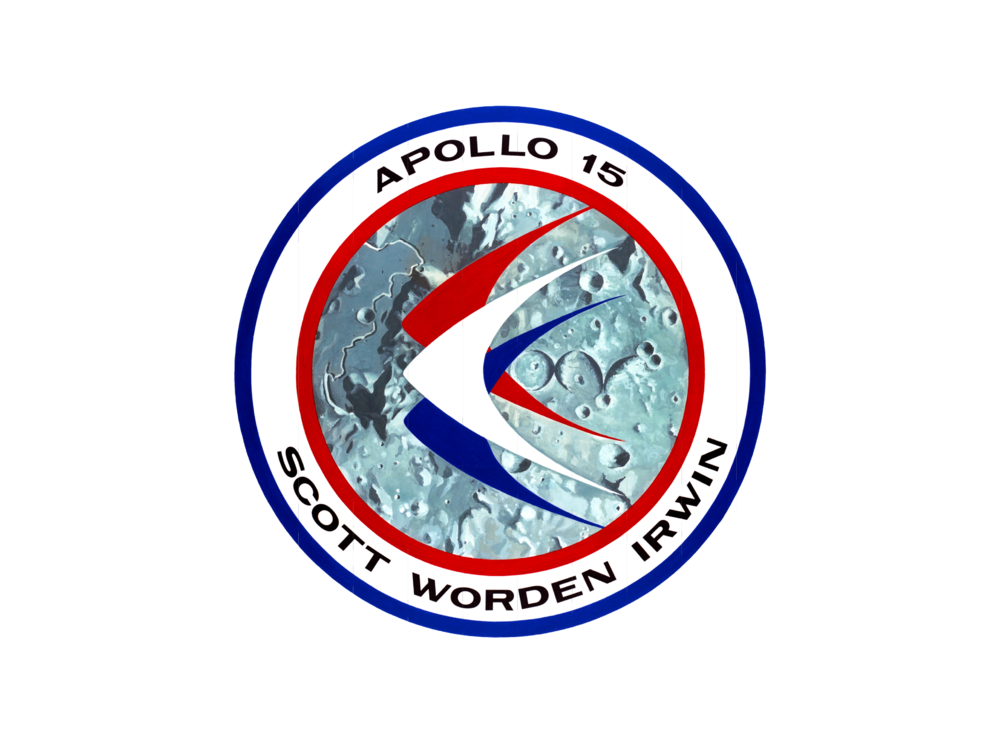
Harmonic Drive® Gears set lunar vehicle in motion
The Lunar Rover was designed as a battery powered vehicle. It was driven by one electric motor per wheel - connected by 80:1 Harmonic Drive® Gears. By reducing the engine speed in a ratio of 80:1, the precision gears enabled a continuous and reliable torque transmission to the wheels.
In addition to the electric motor and Harmonic Drive® transmission, each drive unit also included a brake unit and an odometer that transmitted nine pulses per wheel revolution to the navigation system. Furthermore, each drive unit was coupled with a mechanical brake, which could be operated with the help of the joystick designed to control the LRV. The braking process was additionally supported by the 80:1 reduction ratio of the precision gears.
Apollo 15 goes down in history
Even before Apollo 15 returned safely to Earth on 7 August 1971 with a splashdown of the space capsule in the Pacific Ocean, it was clear to all involved that it was by far the most productive mission of the Apollo program to date. In particular, the Lunar Rover with its Harmonic Drive® Gears as a mobile research platform meant a massive gain for science and research.
-
0Lunar kilometres
-
0Hours in motion
-
0Watt
-
0km/h top speed
As we got further and further away, the Earth dimished in size. That beautiful, warm, living object looked so fragile, so delicate, that if you touched it with a finger it would crumble and fall apart. Seeing this has to change a man.
Emre Dinler
Senior Manager Aviation & Space
Your contact
Tel: +49 6431 5008-760
Email: emre.dinler@harmonicdrive.de
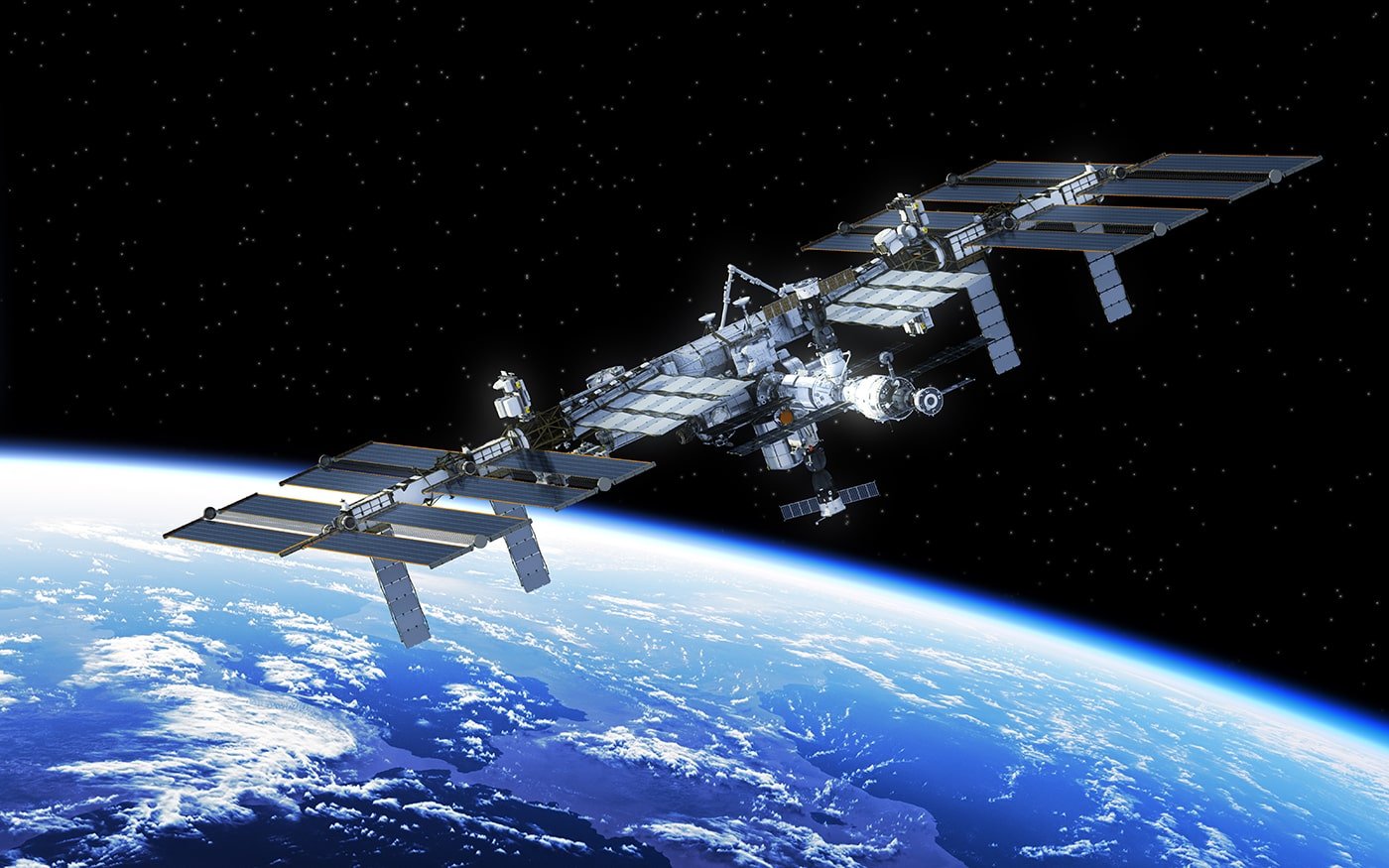
Around the globe with the ISS – Research at 400 kilometres altitude
In these applications on the International Space Station, Harmonic Drive® products ensure reliable operation.
View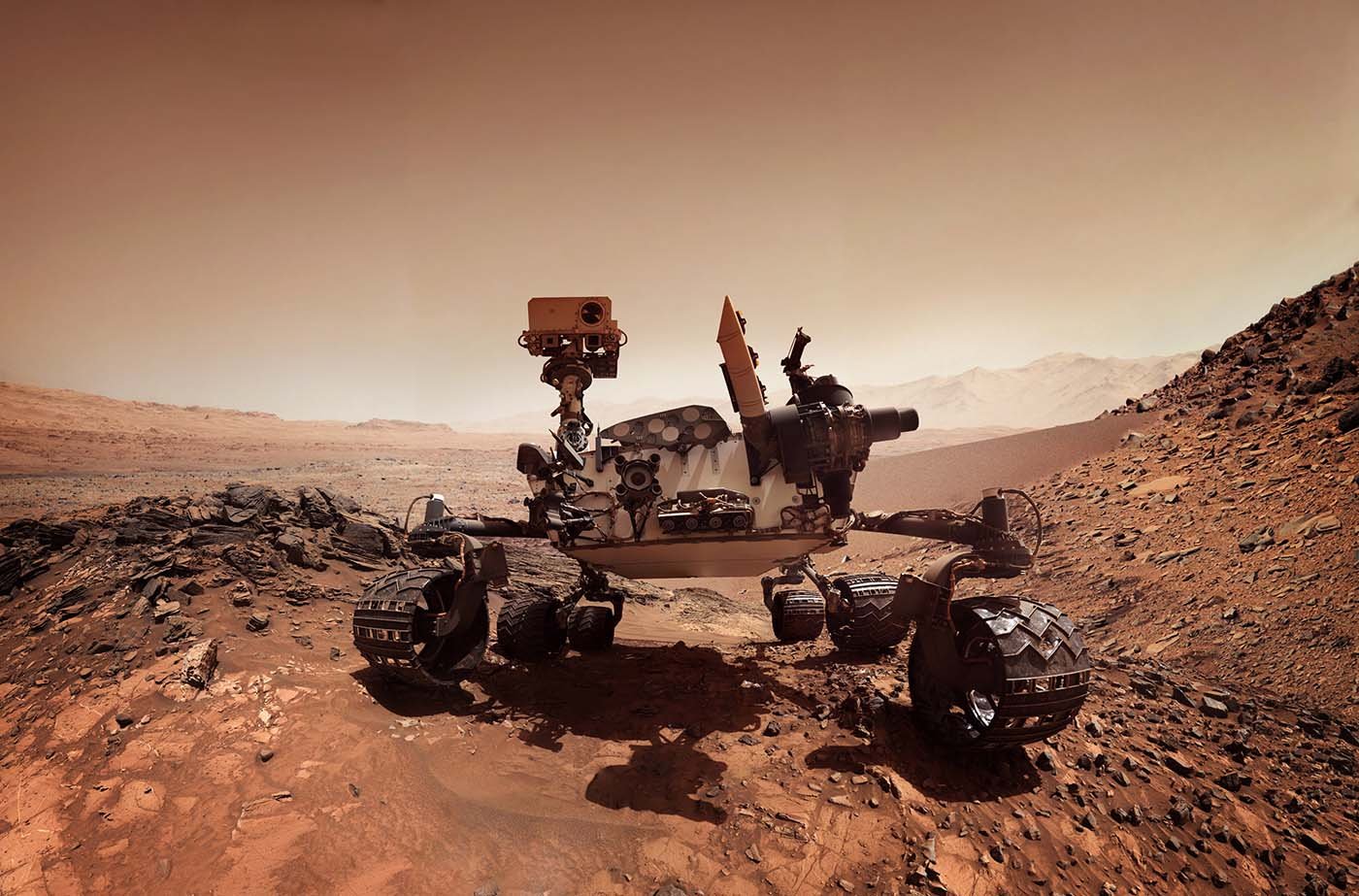
Harmonic Drive® Gears explore Mars with rover Preseverance
The red planet, a mystery? Mars Rover Perseverance uncovers the secrets of our neighbouring planet.
View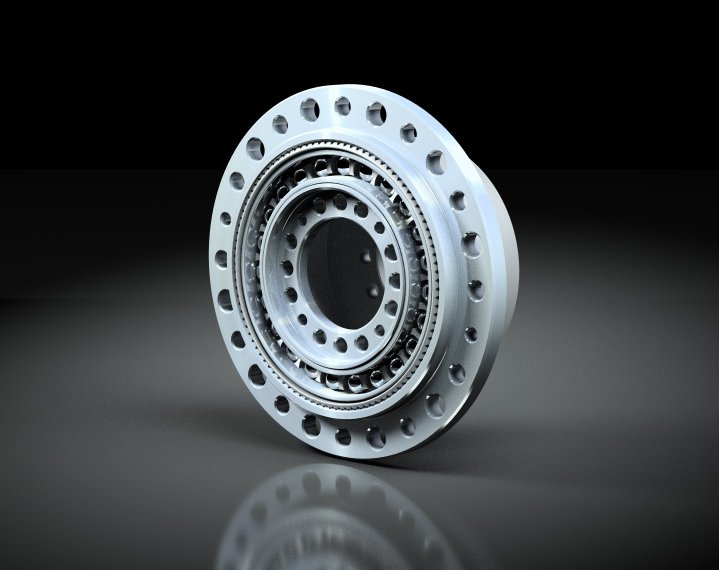
The secret behind Harmonic Drive® Gears
It is no longer possible to imagine drive technology without the strain wave gear. Its special features and characteristics explained in detail.
ViewNote: Certain or all of the graphics depicted on this subpage originate from NASA archives or services. Copyright belongs to named agency.

